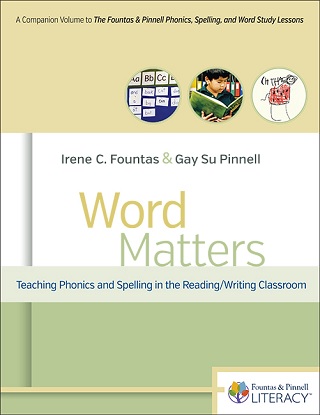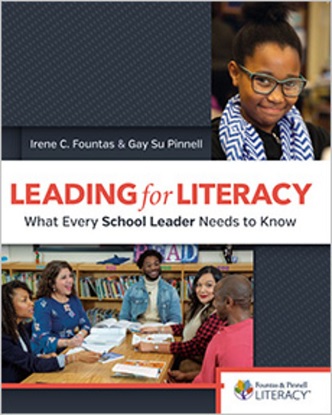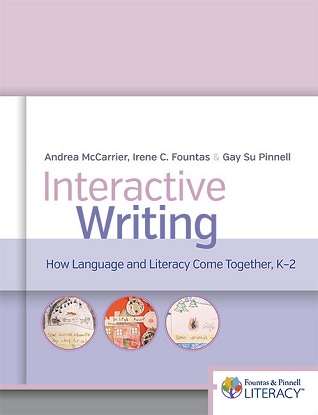Word Matters: Teaching Phonics and Spelling in the Reading/Writing Classroom, 1st edition
- Irene C. Fountas and Gay Su Pinnell
- Paperback
- Pearson Education Australia
- 16/05/2019
- ISBN: 9780325099774
RRP: $74.85 (Inc. GST)

Description
In 1996, Gay Su Pinnell and Irene Fountas presented Guided Reading, the most comprehensive guided reading resource ever published. Hailed for its practical, systematic approach, the book showed hundreds of thousands of teachers how to address the needs of the whole classroom as well as individual readers. Now, with the publication of Word Matters, Pinnell and Fountas offer K-3 teachers the same unparalleled support, this time focusing on phonics and spelling instruction.
Word Matters presents essential information on designing and implementing a high-quality, systematic literacy program to help children learn about letters, sounds, and words. The central goal is to teach children to become “word solvers”: readers who can take words apart while reading for meaning, and writers who can construct words while writing to communicate. Where similar books are narrow in focus, Word Matters presents the theoretical underpinnings and practical wherewithal of word study in three contexts:
- word study that includes systematically planned and applied experiences focusing on the elements of letters and words
- writing, including how children use phoneme-grapheme relationships, word patterns, and principles to develop spelling ability
- reading, including teaching children how to solve words with the use of phonics and visual-analysis skills as they read for meaning.
Each topic is supported with a variety of practical tools: reproducible sheets for a word study system and for writing workshop; lists of spelling minilessons; and extensive word lists, including frequently used words, antonyms, synonyms, and more. Armed with these tools—and the tried-and-true wisdom of Gay Su Pinnell and Irene Fountas—teachers can help students develop not just the “essential skills,” but also a joyful appreciation of their own literacy.
Table of contents
- I. A Quality Literacy Program: Supporting Young Word Solvers
- 1. Eight Principles of Literacy Learning
- 2. Designing a Quality Literacy Program
- 3. Becoming a Word Solver
- 4. A Dynamic Classroom Environment for Word Solving
- 5. Interactive Word Walls and Charts
- II. Understanding Language and Words
- 6. What Teachers Need to Know About Language
- 7. Building on Early Learning
- 8. What’s in a Word? Phonological and Orthographic Awareness
- III. Word Study: Investigating Letters and Words
- 9. What Children Need to Know About Letters and Words
- 10. Assessing What Children Know
- 11. Word-Solving Strategies: Organize to Teach
- 12. Teaching for Print and Sound Knowledge
- 13. Word Explorers: Teaching for Strategies That Promote Active Inquiry
- 14. A Comprehensive Word Study System
- IV. Inside Reading and Writing: Learning About Letters and Words
- 15. Interactive Writing: Developing Word-Solving Strategies
- 16. The Writing Workshop: Support for Word Learning, Mary Ellen Giacobbe
- 17. Reading Instruction: Systematic Observation and Teaching for Word Solving
- 18. Guided Reading: Powerful Teaching for Word Solving
- V. Thinking Comprehensively About Word Matters
- 19. Establishing Benchmarks for Progress
- 20. Thinking Comprehensively About Word Solving




